From the Anash.org Inbox: Nittel Nacht this years falls on the date that the Rebbe said to start preparing for Yud Shvat. Isn’t that a contradiction? Perhaps there is a deeper lesson to be learned.
By Yankel B.
Today is Yud-Beis Teves.
On this day, in 5747 (1987) — after seven days of Didan Notzach celebrations — the Rebbe said the famous Sicha about beginning thirty days of preparation for Yud Shevat, by learning and getting tested every ten days, etc.
Ironically, tonight is known as “Nittel,” a night on which we are strictly cautious not to study any Torah (see Hayom Yom 17 Teves)!
Upon closer inspection, however, there may be a unique lesson hidden here.
***
Let’s go back a bit.
In 5750 (1989), the Rebbe spoke at length about not Chas Veshalom wasting time on Nittel and how the Rebbe Rashab used the time to play chess. The Rebbe spoke about the benefits chess brings in learning Torah and serving Hashem.
The Rebbe continued that we must all emulate the Rebbe Rashab by spending our time wisely on this night.
Then the Rebbe added: “We should use the time to picture in our minds the face of the Baal Hamaaseh, and thus increase our Ahavah and Yirah. We should think about how he acted, in order to follow the path he taught us.”
According to one version, when saying to picture the Rebbe Rashab, the Rebbe actually added the words: “Or his son, or his grandson” (i.e., the Frierdiker Rebbe and the Rebbe).
***
Now, back to this year.
Nittel this year coincides with the day when we begin our preparations for Yud Shevat, the anniversary of Kabolas HaNesius.
Obviously, it’s no coincidence. The Rebbe taught us that there’s no such thing.
On the contrary, we might call it a unique Hashgacha Pratis indicating an important lesson, namely: Seeing and thinking about the Rebbe is the best Yesod with which to begin the Hachanos of learning.
As explained in Tanya — and Chassidus in general — when you learn Torah you can get distracted by the intricate details and lose sight of the bigger picture, the dimension beyond the pages.
Therefore, before you begin learning, you must think about the Giver of the Torah. You must know that at this very moment that you read the words, Hashem is saying them with you, just like at Har Sinai.
Similarly, with regard to the reason we first say שמע and then והי’ אם שמוע, the Chachamim tell us it’s “so that one should first accept upon himself the yoke of Malchus Shamayim, and afterward accept the yoke of the Mitzvos.”
In other words, you can’t just do the technical part without being aware of the foundation and the purpose.
Learning the Rebbe’s Torah and doing the Rebbe’s Horaos must be preceded and permeated with an awareness of the Rebbe.
We must consciously think about the Rebbe and our Hiskashrus to him. As the Rebbe writes in the famous letter of Gimmel Tammuz 5710 (1950), that we must each meditate deeply on the fact that the Rebbe is our head, our source of energy and our connection to Hashem.
Once we see this goal (Hiskashrus) clearly in our minds, we can actualize it and internalize it the way the Rebbe wants (namely, learning his Torah and fulfilling his instructions).
***
Now, going back for a second to ציור פני הרב (picturing the Rebbe Rashab’s holy face). The Rebbe said that this applies whether you saw him, or only saw a photograph.
The Rebbe mentioned that the Rebbe Rashab was very particular (and succeeded) that he should never be photographed, and only towards the end of his life did he agree to be photographed, for government documents, and thus we merited to have a picture of him.
The Rebbe said that perhaps the reason is, so that we can be מצייר פני הרב.
Today, we are privileged to have hundreds of thousands of pictures of the Rebbe and thousands of hours of video – more than ever before.
Let’s spend our time wisely tonight (and every night).
May we be Zoche to see the Rebbe פנים בפנים this very moment!!!
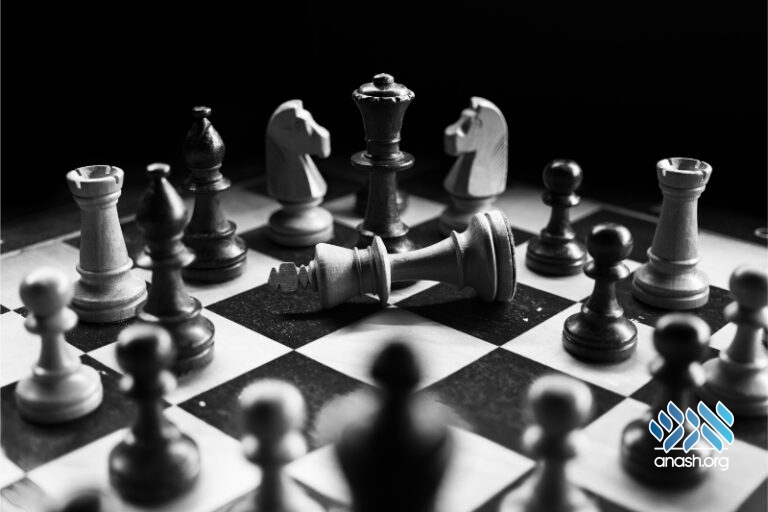
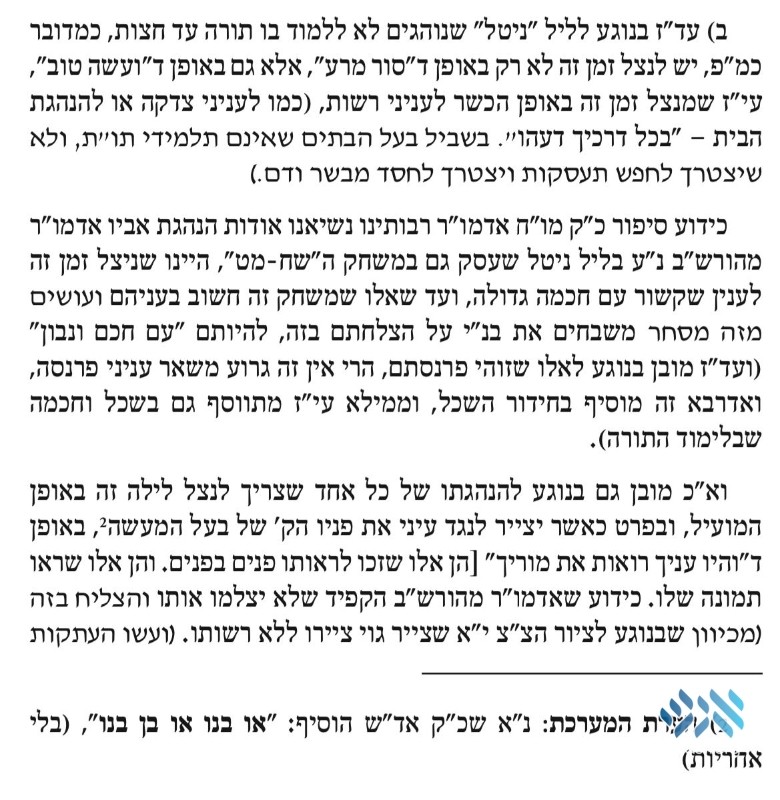
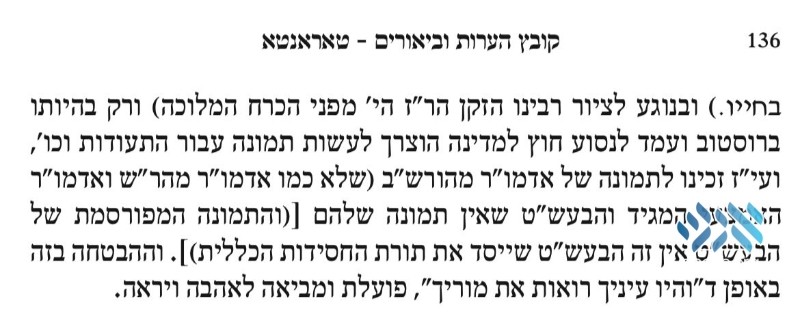
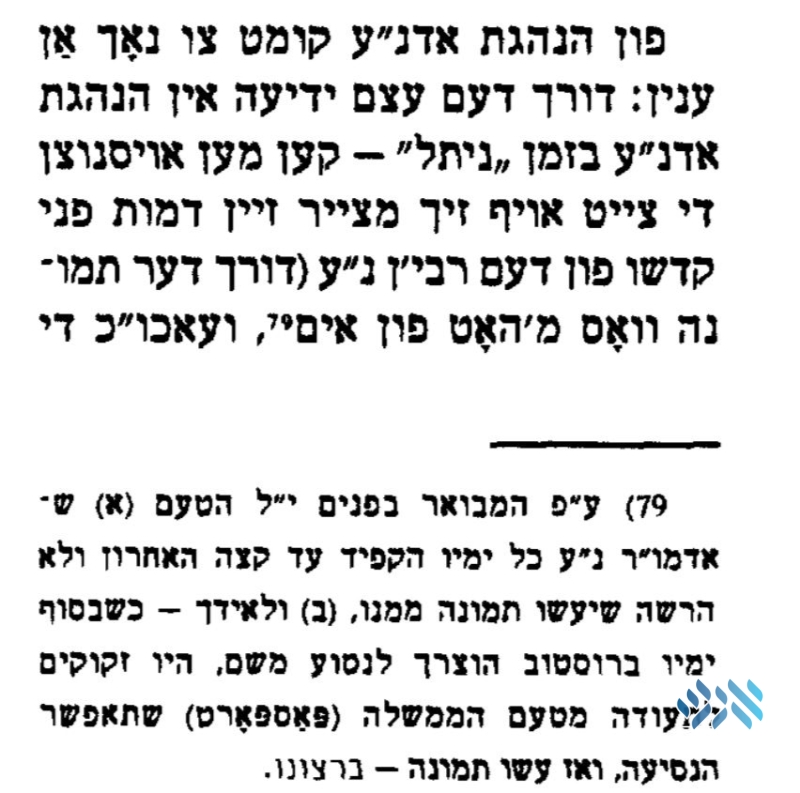
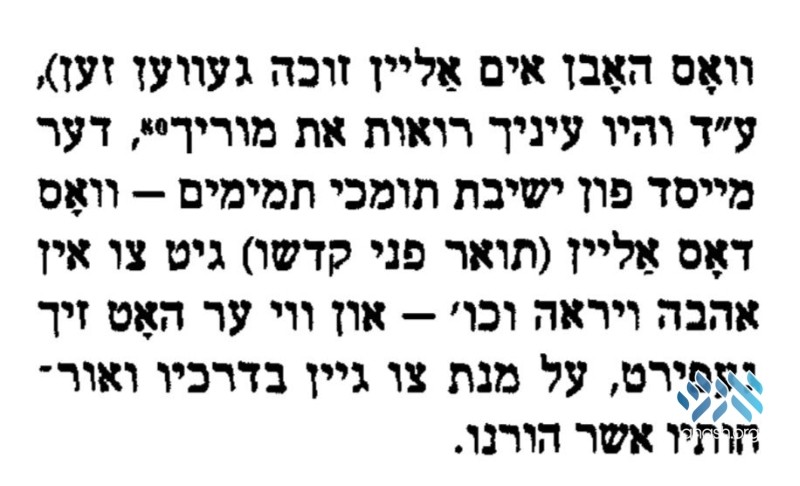
Discussion
In keeping in line with the Rabbonim's policies for websites, we do not allow comments. However, our Rabbonim have approved of including input on articles of substance (Torah, history, memories etc.)
We appreciate your feedback. If you have any additional information to contribute to this article, it will be added below.